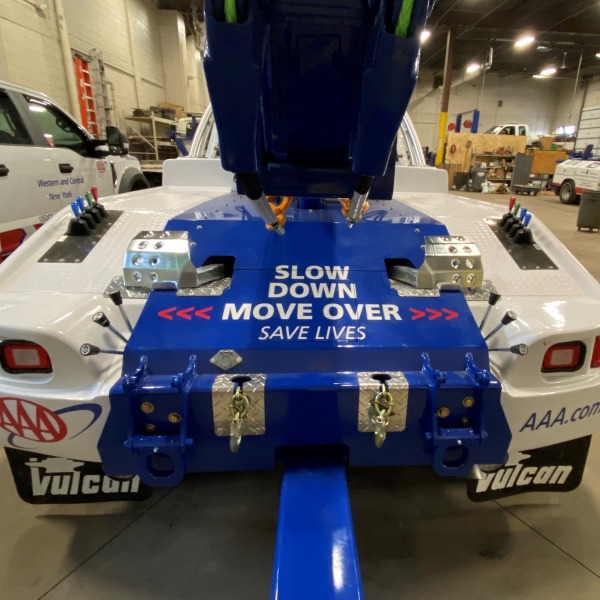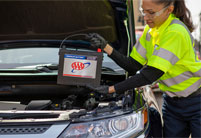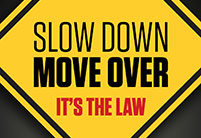Slow Down, Move Over is a Law in All 50 states
Slow Down, Move Over is a Law in All 50 states

AAA Western and Central New York is reminding motorists to Slow Down, Move Over after a tragic incident in Cincinnati. The AAA family is deeply saddened by the death of one of our drivers over Independence Day weekend. 32-year-old Glenn Ewing was placing a AAA member’s vehicle on the back of a tow truck when he was hit by a passing vehicle. Glenn’s death underscores why Slow Down, Move Over laws are critical to safety and drivers must slow down, and move over into the next lane, if they can do so safely.
All 50 states have Move Over laws that require drivers to reduce their speed and switch lanes to protect service technicians, tow truck operators, and emergency vehicle operators. New York State’s “Move Over Law” was enacted November 2016; however, many New York motorists say they are not aware of this life-saving law.
Sadly, every year about 23 roadside workers and first responders (one every two weeks) loses their life at the roadside and hundreds more are injured while tending to disabled vehicles. The Move Over Law requires motorists to Slow Down and Move Over, reduce their speed and move to another lane (when possible) to “avoid colliding with a vehicle parked, stopped, or standing on the shoulder or any portion of the [road] when the vehicle is an authorized emergency response, tow truck, or maintenance vehicle with its lights flashing.” (Emergency response vehicles include police vehicles, fire trucks, ambulances, and construction.)
AAA was instrumental in advocating for the passing of this law and its inclusion of first responders and tow truck drivers. Unfortunately, law enforcement, emergency workers and tow truck operators continue to be struck and injured or killed while aiding others on the side of the road because a passing vehicle did not sufficiently slow down and move over.
AAA offers the following tips when motorists spot emergency or utility vehicles on the road:
- Always remain alert: Avoid distractions and focus on the task of driving.
- Watch the road: Look for situations where emergency vehicles, tow trucks, utility service vehicles or disabled vehicles are stopped on the side of the road.
- Approach with caution: When approaching an emergency vehicle with lights flashing on the side of a two-lane roadway, drivers should slow down to a speed that is safe and approach with caution unless otherwise directed by an emergency worker on the scene.
- Move Over: On multi-lane roadways, slow down when you see the flashing lights of an emergency vehicle at the roadside and, if possible, move over into an adjacent lane.
- Go Slow: If you are unable to switch lanes, slow to a speed that is safe and reasonable. Some states recommend slowing to a speed that is 10-20 mph less than the posted speed limit.
AAA strives to raise awareness of many traffic safety measures, for more information, go to AAA’s News & Safety.












